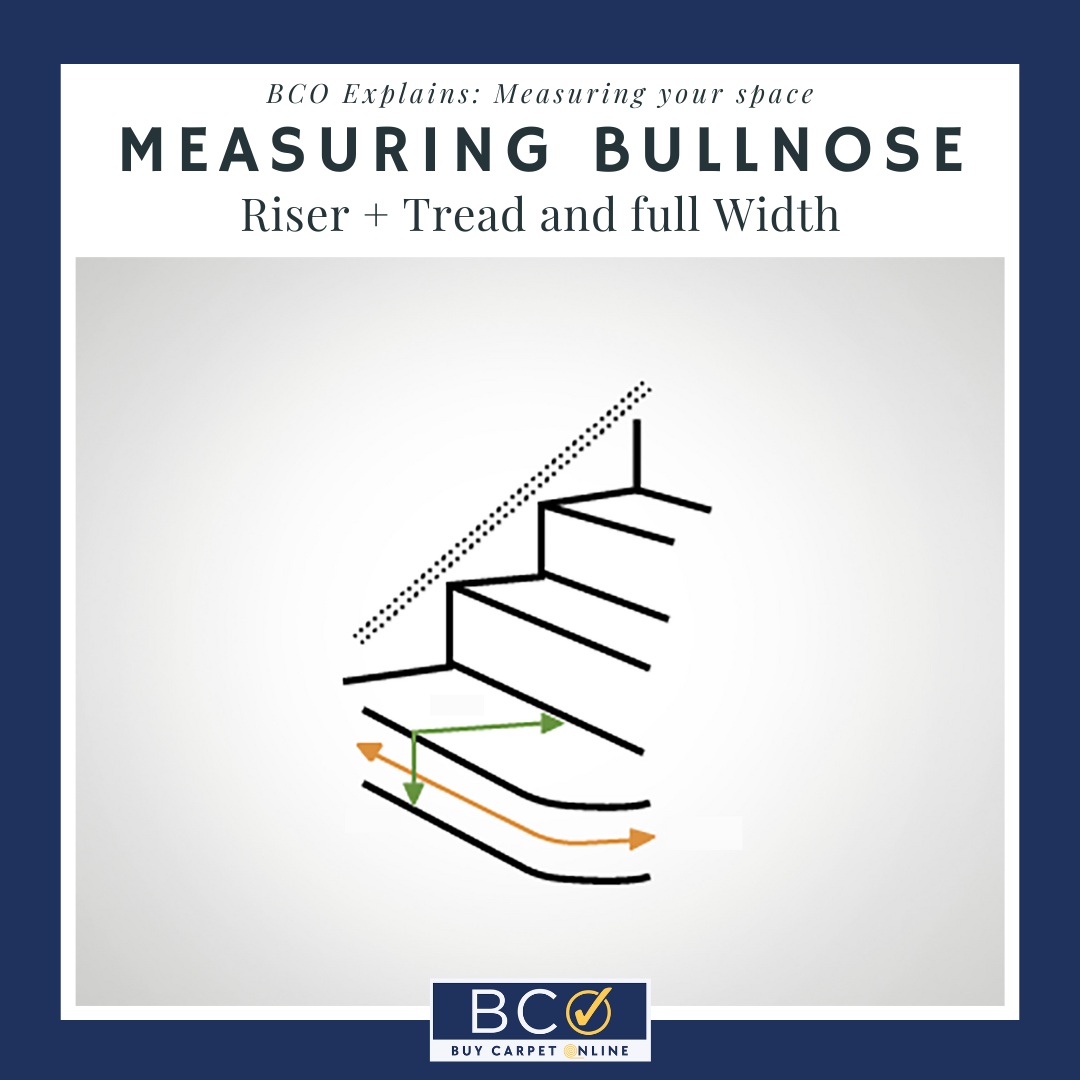How to Measure Your Home
Introduction
Carpets, supplied in a roll, typically come in widths of 4 or 5 meters. Knowing this helps you measure efficiently and buy only what you need.
Unsure about measuring yourself?
Consider our "Refundable On Your Order" measuring service available in Herts, Beds, Bucks, Cambs and Northants.
For just £39.99. Our experts will handle the measuring, and the fee is refunded when you order your carpet from us.
Need extra help or advice? Call The Carpet Doctor, our in house flooring expert, for professional guidance and tips to ensure your new carpets fit perfectly and look great.


Carpets usually come in set widths (4m or 5m)
Measuring a room for them differs slightly from measuring a floor in that you only need to take two measurements: the longest
length and the widest width.
If your room comes in under 4m wide, you can order a 4m wide carpet, 5m wide, a 5m carpet.
If you're lucky enough to have a larger room, you will need a join, however these aren't as problematic as you may believe, and can often be covered with furniture.


Measuring a Square or Rectangular Room
First, measure the width of your room, including any alcoves, door recesses, or bay windows (A & B) - make sure that you measure all the way into the door as you don't want a gap in the doorway!
Then, take the measurement of the length of your room, again including any alcoves,
door recesses, or bay windows (size B).
Carpets can usually be cut to any length required, but always add an extra 10cm to any measurement to allow for deviations in the wall and the cutting of your carpet when fitted.
Rooms are often not exactly square so it helps to take a couple of measurements in either direction and ordering based off the longest one.


How to Measure Standard Stairs
When measuring straight stairs, in most cases you will need to take two measurements:
1. The length of the tread that you step on PLUS the riser of one step.
2. The width.
In most homes, you only need to do this for one step; however, we recommend checking two or three other steps to ensure they are the same.
Some homes have varying step rises and depths or a single step that is larger or smaller. In rare cases, you may need to measure all risers and treads.
If your steps have a rounded edge with a recessed riser, we recommend measuring all the way out and in again as you'll want the carpet to cover and wrap under.
A dress-maker's or 'material' measuring tape can really help here.
Unlike rooms with alcoves, stairs carpet can be fitted with each step individually as the joins are hidden in the groove of the step. Winding stairs, middle landings, and bullnoses will need to be measured separately. Read on for full instructions.


How to Measure Winding Stairs
Some staircases also have curved steps known as winders. These need to be measured individually and in a slightly differently to straight stairs.
To find the width of a winders you will need to measure the widest point. This will mean your tape measure won’t be perfectly parallel to the edge of the step but doing so will ensure you have enough carpet to fully cover. Repeat this process for each winder.
Similarly, when measuring the tread and the riser, your tape measure should be placed at a 90-degree angle to the edge of the step where it’s deepest.


How to Measure Bullnose
A bullnose is a larger bottom step with a slight curve that is sometimes found at the bottom of staircases. They come in a variety of shapes and sizes but are very easy to measure. Not all staircases will have these, oftentimes you will find a straight step without a bullnose.
Measure the tread and the riser as you would but also include a measurement all the way around the bullnose at its widest points.


How to Measure Landings
To measure a landing, you can follow the process you would use to measure a hallway but with the inclusion of the riser of the top step.
The landing piece of carpet will always include the top riser of your stairs so it’s important to include this.


How to Measure Middle Landings
Middle landings can be measured in the same way as the main landing, with the carpet following down over the riser of the step below. Be sure to include this in your measurements.


How to Measure Hallways
To begin with it’s useful to draw out a simple sketch of your hallway, marking all doors, storage areas, and any other recesses. Then, measure the widest width and the longest length as you would a normal room.
As some hallways are L-shaped, you tend to have a bit of extra carpet that's cut out and not used. It’s important to take as many measurements as possible to see if you can use the left over carpet for any additional areas, such as your stairs. As each step is fitted individually, you can repurpose offcuts in this way, so long as the pile runs in the same direction.


Measuring an Odd-shaped Room
First, measure the width of your room, including any alcoves, door recesses, or bay windows (size A).
If you have an oddly shaped room, you will need to take the widest width and the longest length measurements to calculate the carpet you need. If your room is L-shaped, for example, the area highlighted (C) will be left over.


